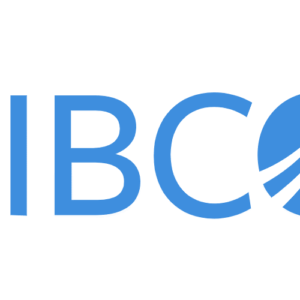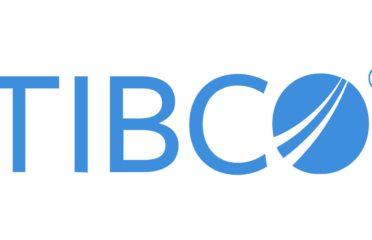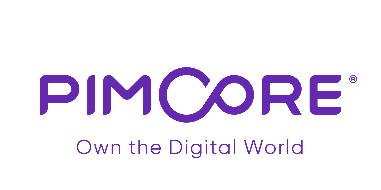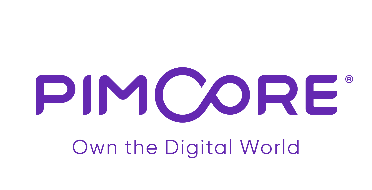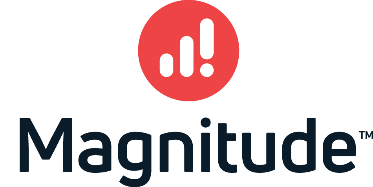Keeping up with master data held within different business systems, like databases and ERP platforms, can lead to duplicated information throughout an enterprise. Then, when the time comes to answer business questions using that information, analysts and other users quickly run into problems trying to figure out what’s accurate.
Master data management (MDM) is a collection of processes, technologies, and disciplines designed to help companies keep up with their master data. In addition to having the right personnel in place, businesses typically rely on a master data management platform to help them implement a successful MDM initiative.
What is a Master Data Management Platform?
Master data management software provides companies with a centralized platform that enables an organization to maintain control over its information. You can’t overstate the importance of accurate master data. It drives business processes like reporting and the maintenance of customer information.
It’s nearly impossible for an enterprise to operate efficiently if there are ongoing issues with data integrity. Common reasons that companies often run into problems with master data include:
- Having contradictory figures for a single metric
- Having too much inventory on-hand
- Dealing with the aftereffects of a company reorganization
- Fallout from inaccurate forecasts
Everyone from executives to line supervisors rely on having accurate data to drive business decisions. Any inaccuracies in that information could lead to critical mistakes that negatively impact a company’s future. A robust master data management solution combines technology capable of:
- Integrating data from different source systems
- Cleaning information to make it useful
- Transforming data to use within other business applications
Your MDM platform should also integrate with other analytical tools relied upon by your company. That helps simplify the entire master data management process, leaving your enterprise capable of dealing with various business challenges.
Why Should Companies Use a Master Data Management Solution?
Many companies still have employees whose workday consists of manual tasks like going through tons of emails and sorting through endless spreadsheets to pull information together. Then there’s the ongoing process of making sure that the data reconciles with other sources of information. It’s challenging to pull together a unified set of master data that aligns with an organization’s business needs.
Most business users lack line of sight into the entire lifecycle of master data. That leaves key business stakeholders with no way to judge the accuracy of information presented to them or derive some form of value. Investing in a master data management platform helps organizations achieve consistency across different data systems. In addition, the software helps companies align data used for reporting, analytics, and within transactional applications.
Another benefit of MDM software is that it helps contribute to an improved customer experience. CSRs and others who interact directly with customers have accurate information at their fingertips. That leaves them better positioned to answer a customer’s questions or address their concerns.
A master data management platform also supports your worker’s need to collaborate. They can work with data housed in a shared framework. That way, everyone’s got the same point of reference, which leads to a lot less confusion. In addition, workers don’t get bogged down trying to manually make sense of information, leaving them free to focus on other company priorities.
Master data management software can help enterprises:
- Create more personalized marketing campaigns
- Achieve supply chain and operational efficiency
- Optimize the use of IoT and AI applications
- Enforce GDPR compliance
- Track customer information
- Speed up product launches
How Does Master Data Management Software Work?
Master data management systems function as a kind of warehouse that holds information from multiple systems about specific master data elements. For example, when business users or other company applications need information about a customer, they tap into the MDM platform. If needed, users can make direct updates that immediately become visible and accessible by others using the software.
Other functions supported by master data management platforms include:
- Removing duplicate records
- Creating standardized data
- Deleting inaccurate data
- Stopping incorrect data from entering the platform
- Aggregating and matching information
- Performing quality assurance on data
Thanks to master data management software, organizations can ensure that there are not multiple sets of master data housed in different company areas.
What Are Some Common Features, Functions, and Capabilities of Master Data Management Platforms?
Master data management platforms typically use algorithms that match and link information. That’s how the software identifies duplicates and combines multiple entries into one accurate record. In addition, companies can use MDM software to consolidate information collected around clients, vendors, and products. Finally, employees view the information through a user-friendly UI that gives them a full view of how information flows within the company.
Processes usually supported by top master data management solutions include:
- Data collection
- Data transformation
- Error detection
- Data classification
- Data normalization
- Taxonomy
- Item master creation
- Schema mapping
- Data enrichment
- Product codification
- Source identification
Companies can drive better business insights and have the information needed to develop organizational strategies designed to make improvements in:
- Marketing
- Development
- Supply chain functions
- Enterprise operations




